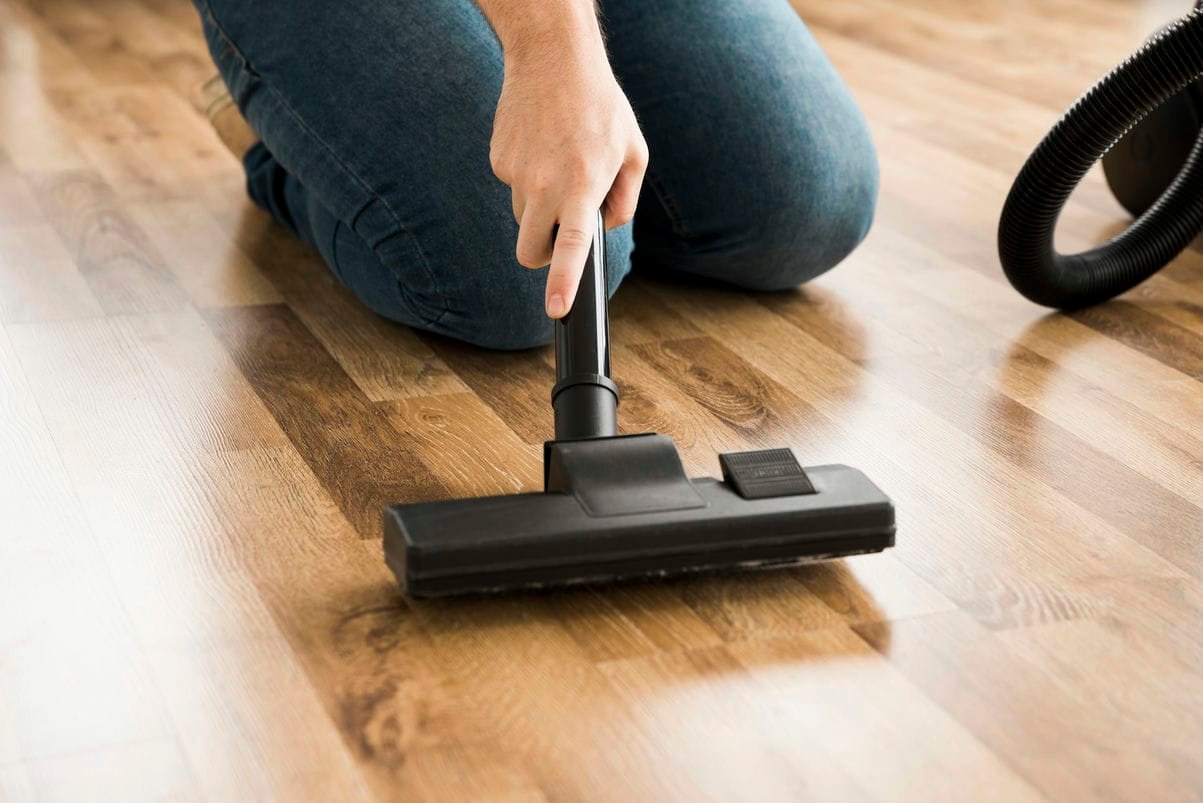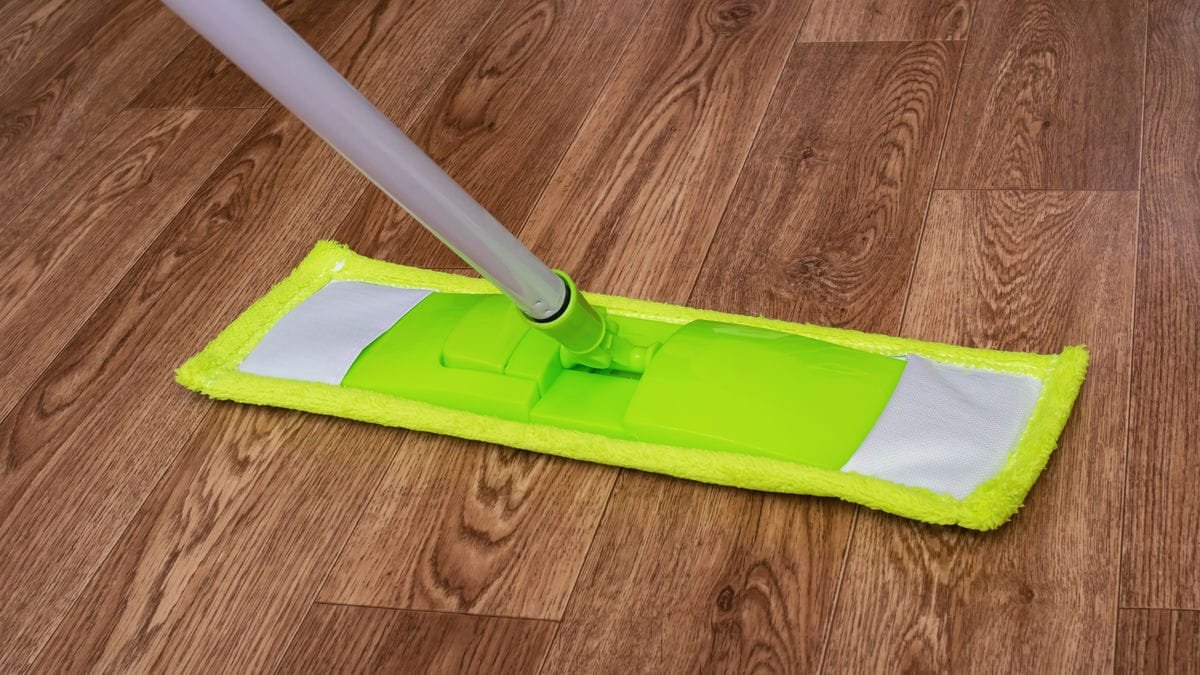Hardwood floors are a timeless and elegant choice for many homeowners, but maintaining their beauty and longevity can be a challenge. One cleaning method that has gained popularity in recent years is the use of steam mops. However, the question of whether steam mops are safe for hardwood floors is a topic of ongoing debate.
Table of Contents
The Risks of Using Steam Mops on Hardwood Floors
According to major wood flooring associations, using a steam mop on hardwood floors is generally not recommended. The primary concern is the potential for water damage, warping, or cupping of the wood due to the excess moisture introduced by the steam.
“Steam mops can introduce too much moisture into the wood, leading to potential issues like warping or discoloration.”
Hardwood floors are susceptible to the effects of moisture, and even small amounts of water can penetrate the surface and cause significant damage over time. The heat and steam generated by a mop can also compromise the integrity of the floor’s sealant, further increasing the risk of water infiltration.
Factors to Consider
While some individuals have reported using steam mops on their hardwood floors without any issues, it’s essential to understand the potential risks and take appropriate precautions.
Condition of the Floor Sealant
If the floor’s sealant is in good condition and effectively prevents moisture from penetrating the wood, the risk of damage from a steam mop may be lower. However, it’s crucial to regularly inspect the sealant and address any cracks or wear and tear to maintain its protective properties.
Duration of Steam Exposure
Another factor to consider is the duration of steam exposure. Allowing the steam mop to linger in one spot for too long can increase the risk of water damage, as the excess moisture has more time to seep into the wood.
Manufacturer Recommendations
It’s also important to check the manufacturer’s recommendations for your specific hardwood floors. Some manufacturers may void the warranty if the floor is cleaned with a steam mop, as the moisture and heat can potentially cause issues that are not covered by the warranty.
Safer Alternatives for Cleaning Hardwood Floors
To maintain the beauty and longevity of your hardwood floors, experts recommend exploring alternative cleaning methods that are less likely to cause damage.
Damp Mopping
Damp mopping with a suitable hardwood floor cleaner is a safer option. This method involves using a lightly dampened mop to gently clean the surface, without introducing excessive moisture.
Specialized Hardwood Floor Cleaners
There are also specialized cleaning products designed specifically for hardwood floors. These cleaners are formulated to be gentle on the wood and effective at removing dirt and grime without the risk of water damage.
Microfiber Mops
Microfiber mops are another excellent choice for cleaning hardwood floors. These mops use small, fine fibers that can effectively pick up dirt and dust without leaving behind excess moisture.
Vacuum Cleaning
Regular vacuum cleaning is also an essential part of maintaining hardwood floors. This method removes surface-level dirt and debris without introducing any moisture.
Weighing the Pros and Cons
While steam mops offer a chemical-free and convenient cleaning solution, the potential risks to hardwood floors may outweigh the benefits for many homeowners.
Pros of Using Steam Mops on Hardwood Floors
- Chemical-free cleaning: Steam mops use only water to clean, eliminating the need for harsh chemicals.
- Convenience: Steam mops can quickly and efficiently clean large areas of flooring.
- Sanitization: The high heat of steam mops can help kill bacteria and germs.
Cons of Using Steam Mops on Hardwood Floors
- Risk of water damage: The excess moisture introduced by steam mops can lead to warping, cupping, or other water-related issues.
- Potential voiding of warranty: Some hardwood floor manufacturers may not cover damage caused by steam mops, voiding the warranty.
- Compromised sealant: The heat and moisture from steam mops can degrade the floor’s protective sealant over time.
Conclusion
In conclusion, while some individuals have used steam mops on their hardwood floors without incident, the consensus from major wood flooring associations is that this practice is generally not recommended. The risks of water damage, warping, and other issues outweigh the potential benefits for most homeowners.
If you do choose to use a steam mop on your hardwood floors, it’s essential to:
- Ensure the floor’s sealant is in good condition
- Avoid letting the steam mop linger in one spot for too long
- Check the manufacturer’s recommendations to ensure you’re not voiding the warranty
Ultimately, the decision to use a steam mop on hardwood floors should be made with careful consideration of the potential risks and your own comfort level with the potential consequences. Safer alternatives, such as damp mopping, specialized cleaners, and microfiber mops, maybe the better choice for preserving the beauty and longevity of your hardwood floors.
MKE Bathroom Remodeling in Milwaukee offers expert renovation services specializing in hardwood flooring, laminate flooring, and vinyl sheet flooring. They provide a wide range of hardwood species, including oak, maple, cherry, walnut, bamboo, and cork, ensuring a comprehensive selection to suit various interior aesthetics and functional needs.




